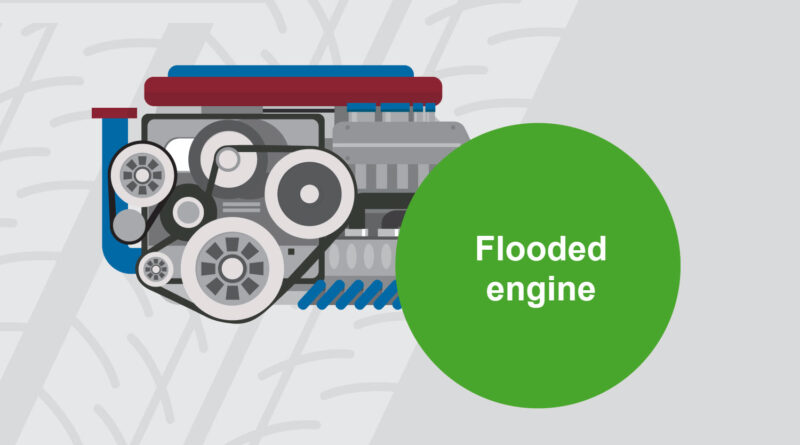What’s a Flooded Engine? Causes, Symptoms, and How to Fix It
Let’s have a look what’s a flooded engine, causes, symptoms, and how to fix it. A flooded engine is a common issue, particularly in vehicles with older or carburetted engines. It occurs when there is too much fuel and not enough air in the engine, preventing the spark plugs from igniting the fuel mixture. This imbalance can make starting the car difficult or impossible, leading to frustration and potentially damaging your engine if not handled correctly.
What Causes a Flooded Engine?
A flooded engine typically results from one of the following scenarios:
- Overuse of the Choke: In carburetted engines, the choke controls the air-fuel mixture. Overusing it, especially in cold weather, can cause too much fuel to enter the cylinders, leading to flooding.
- Repeated Start Attempts: Continuously trying to start the engine without success can flood the engine. Each attempt adds more fuel into the cylinders without enough air to ignite it.
- Cold Weather: Cold temperatures can make fuel less volatile, leading to a richer fuel mixture. This, combined with the need for more fuel to start a cold engine, can result in flooding.
- Faulty Fuel Injectors: In modern, fuel-injected vehicles, a malfunctioning fuel injector can leak excess fuel into the cylinders, causing flooding.
- Engine Misfire: A misfire can leave unburnt fuel in the cylinders, leading to a rich fuel mixture that can flood the engine during subsequent start attempts.
Symptoms of a Flooded Engine
Recognizing the signs of a flooded engine can help you take the necessary steps to resolve the issue:
- Strong Smell of Fuel: If your engine is flooded, you may notice a strong odour of gasoline. This smell comes from the excess fuel that hasn’t been ignited.
- Difficulty Starting: A flooded engine can make it hard to start your car. The engine may crank but fail to start, or it may start briefly and then stall.
- Sputtering Sound: When you try to start a flooded engine, it may make a sputtering or spluttering noise as the excess fuel burns off.
- Black Smoke from Exhaust: Excess fuel can cause black smoke to emit from the exhaust as it burns off in the cylinders.
How to Fix a Flooded Engine
If you suspect your engine is flooded, follow these steps to resolve the issue:
- Wait It Out: The simplest solution is to wait. Allow the car to sit for about 10 to 15 minutes. This time lets the excess fuel evaporate, balancing the air-fuel mixture.
- Depress the Accelerator Pedal: Fully press the accelerator pedal to the floor and hold it there while you try to start the engine. This action forces more air into the engine, helping to clear out the excess fuel.
- Check the Spark Plugs: If waiting and holding the accelerator doesn’t work, you may need to remove and clean the spark plugs. If they’re wet with fuel, it’s a sign the engine is flooded. Clean them or replace them if necessary.
- Consult a Mechanic: If these methods don’t resolve the issue, or if you’re not comfortable working on your car, it’s best to consult a professional mechanic. There may be underlying issues, such as a faulty fuel injector or other engine problems, that need addressing.
Preventing a Flooded Engine
To avoid flooding your engine, follow these tips:
- Use the Choke Sparingly: If your car has a manual choke, use it only as needed and avoid over-choking, especially in cold weather.
- Avoid Repeated Start Attempts: If your car doesn’t start after a few attempts, wait a few minutes before trying again.
- Regular Maintenance: Keep your vehicle’s fuel system and spark plugs in good condition with regular maintenance to prevent flooding.
A flooded engine can be an annoying and potentially costly issue, but understanding its causes and knowing how to fix it can help you avoid significant problems. By taking preventative measures and addressing the issue promptly, you can ensure your car stays in good working order. If you’re ever unsure about dealing with a flooded engine, don’t hesitate to seek professional help to avoid further damage to your vehicle.
Buying a used VW. Buying used vauxhall, BMW, Jaguar, Ford, Volvo, Range rover, Bentley, Aston Martin, Porsche, Ferrari, Lamborghini, Maserati, Hyundai, Tesla, Honda, Pagani

